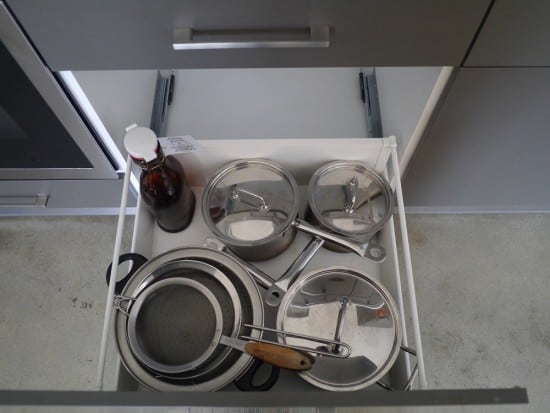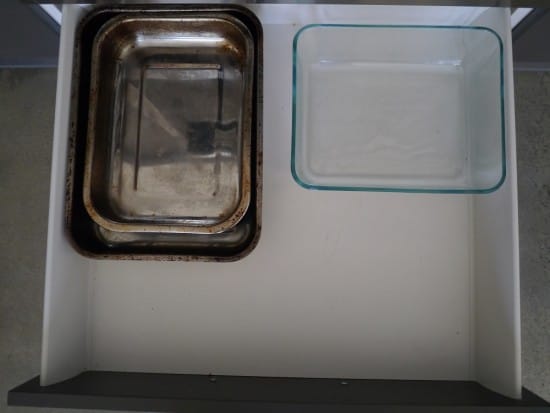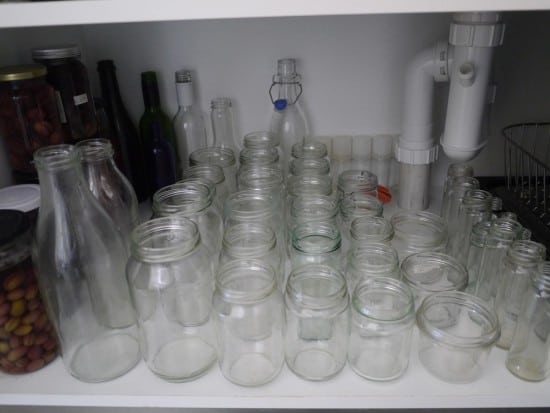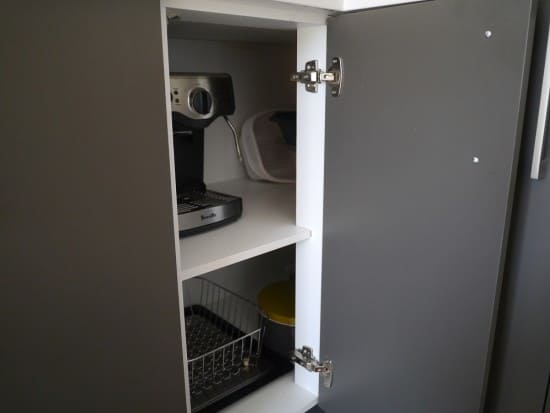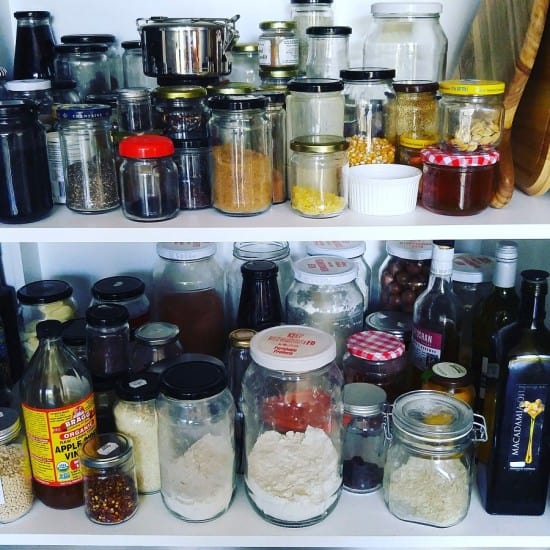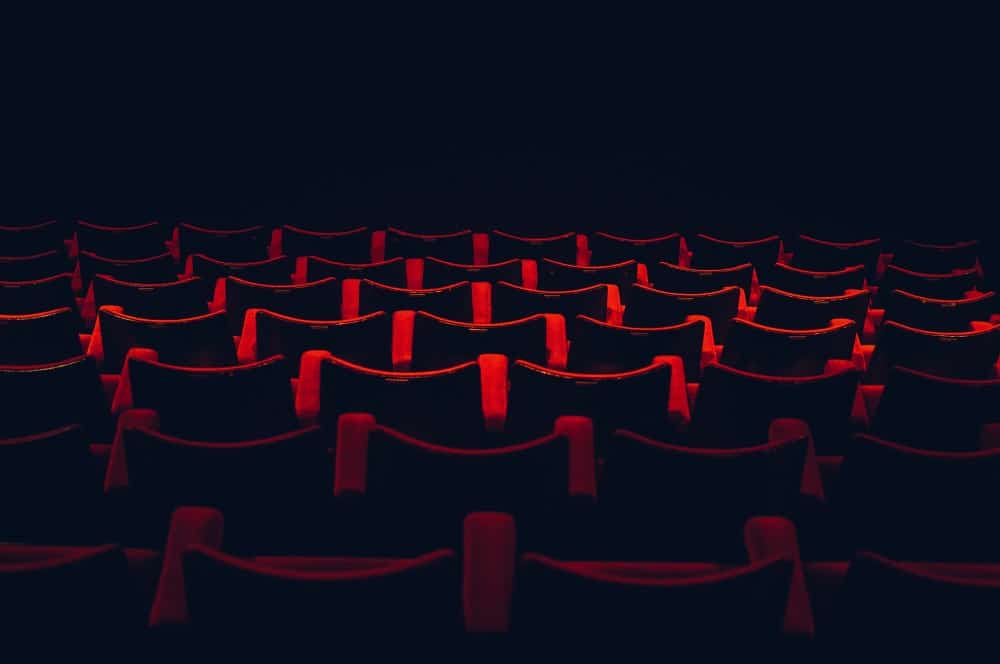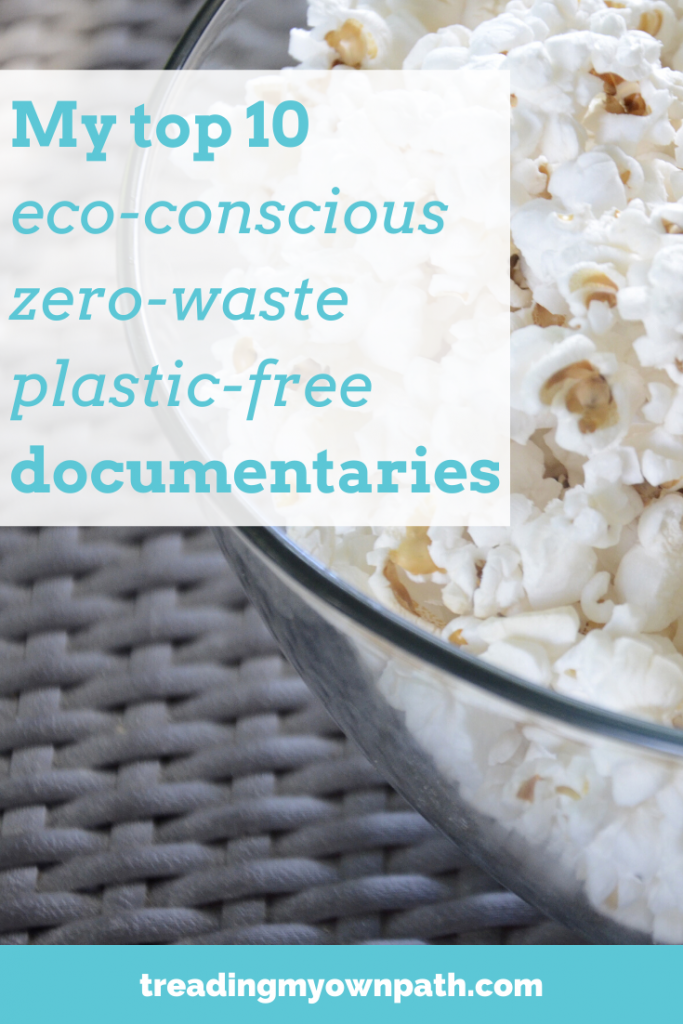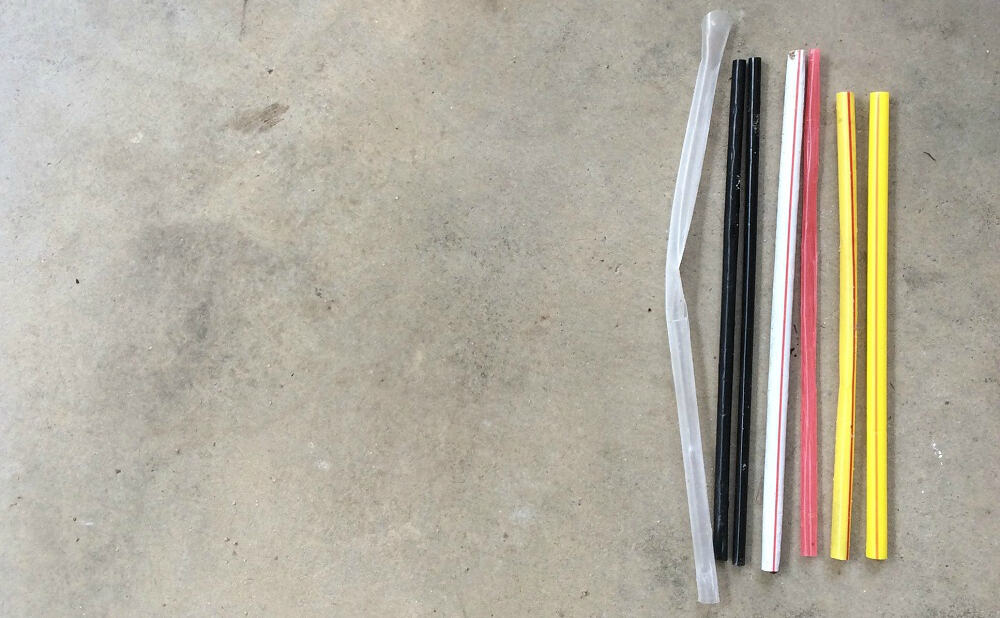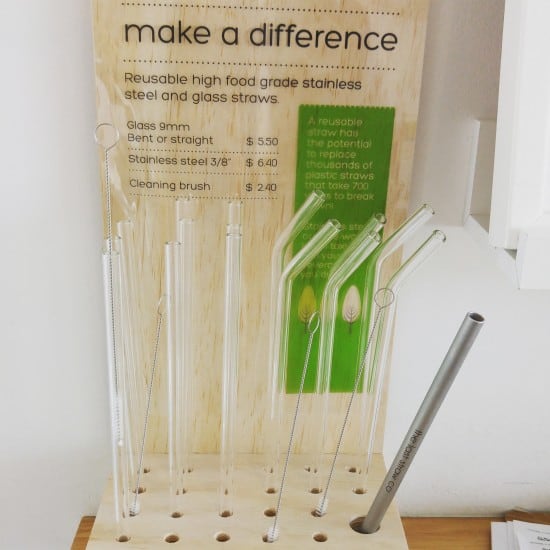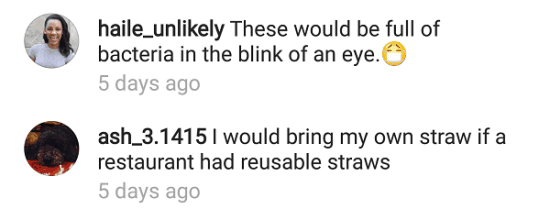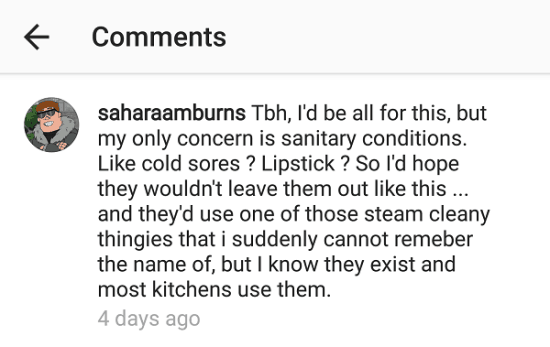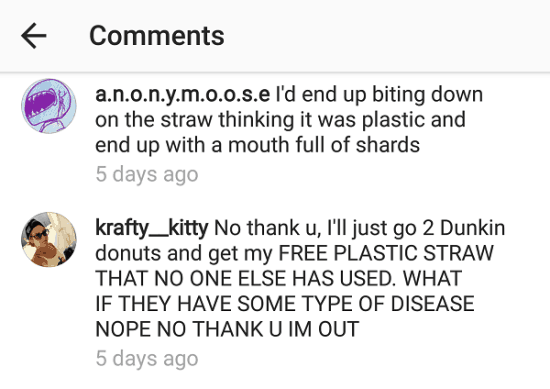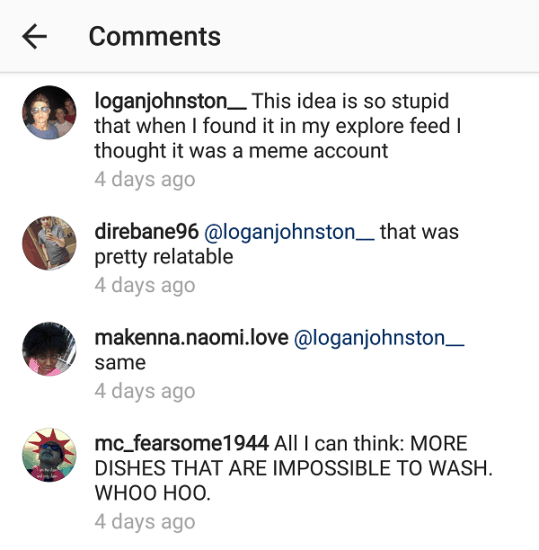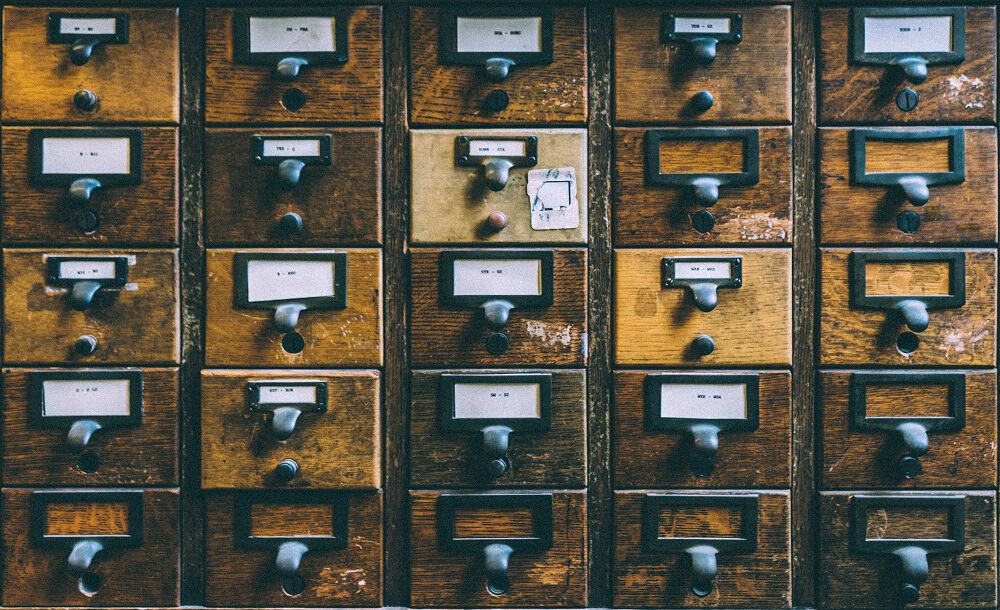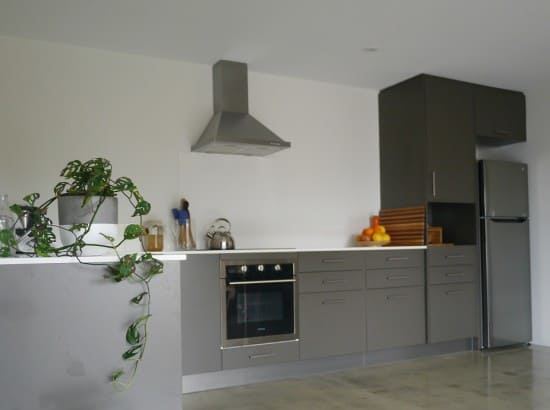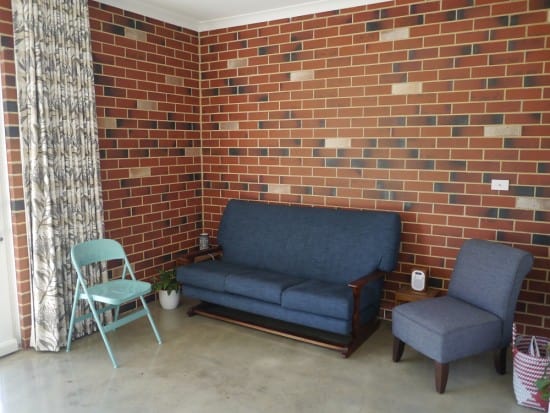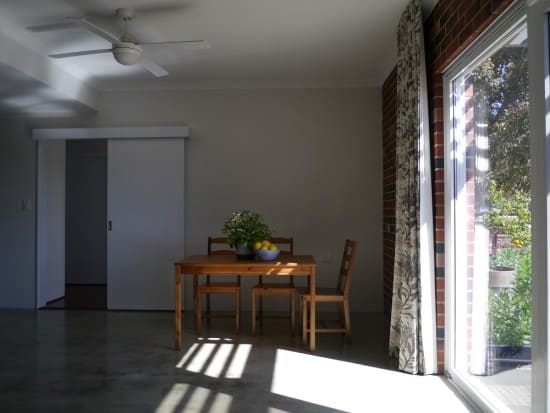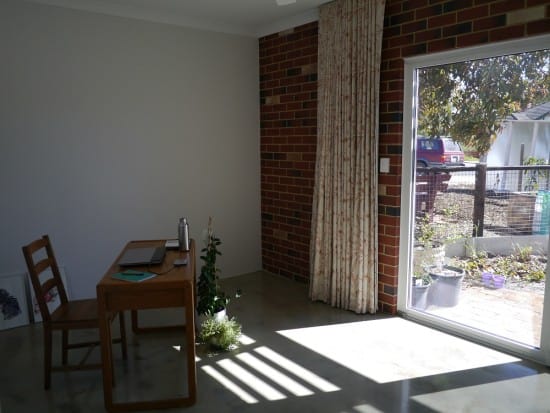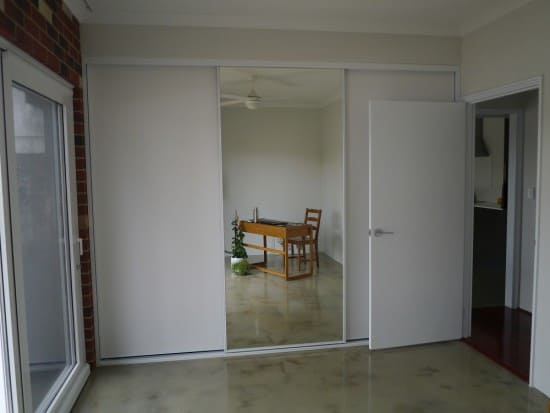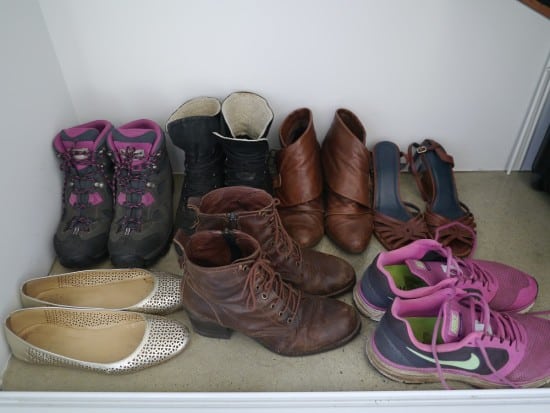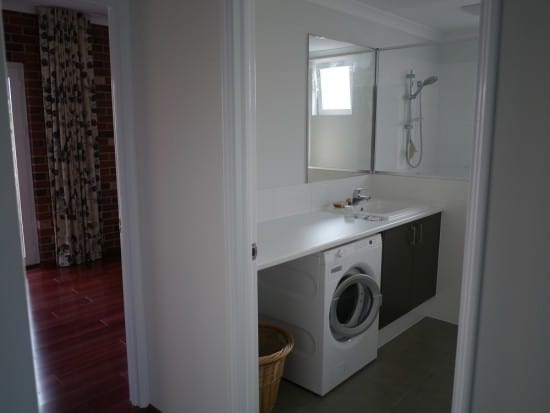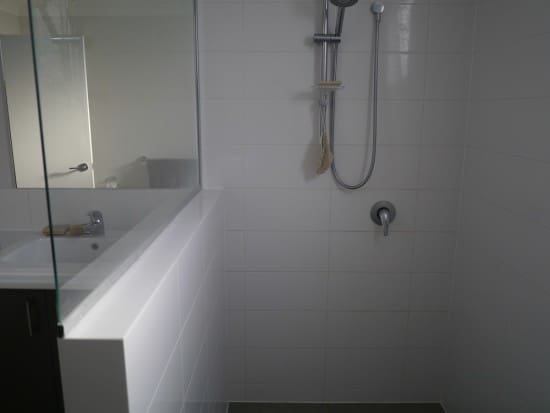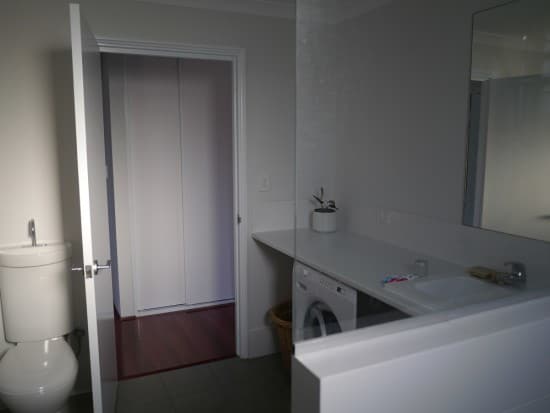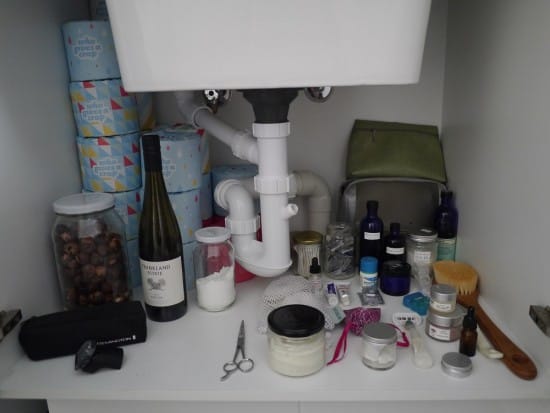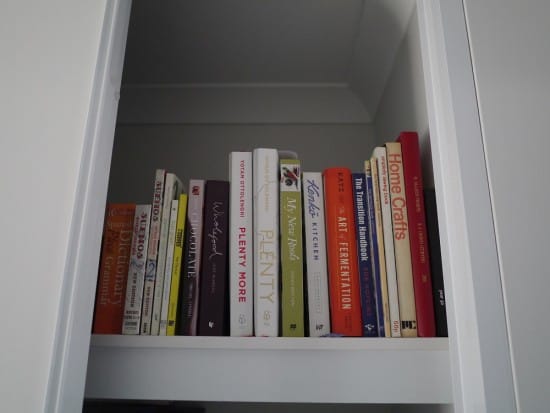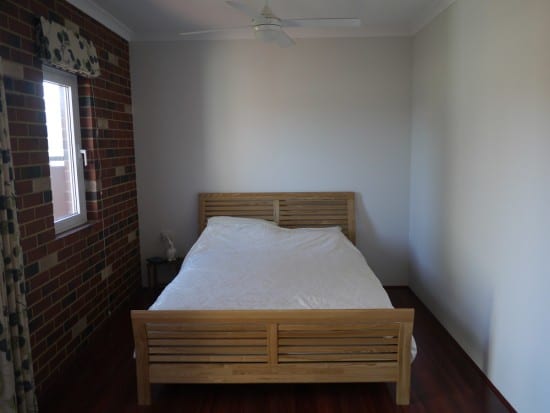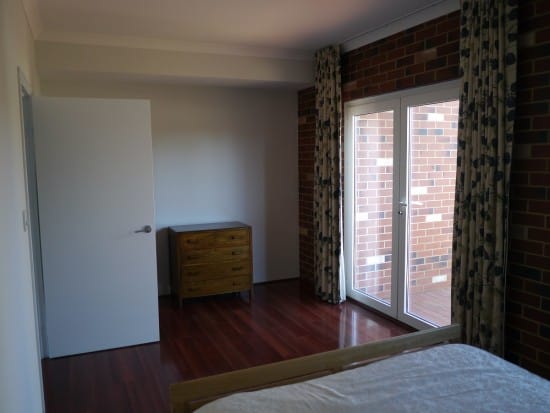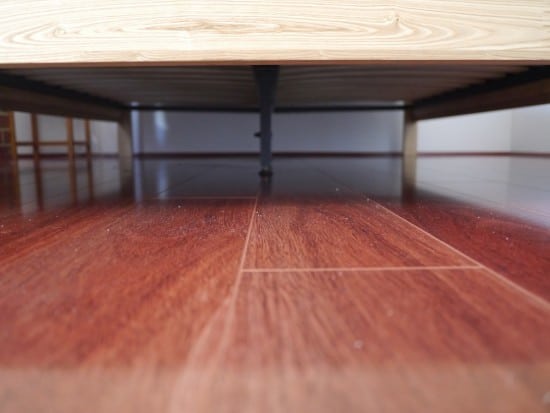3 Outfits for 30 Days: Experimenting with Less Stuff (+ 8 Lessons Learned)
How many outfits is too many outfits, how many outfits is not enough outfits… and how many is just enough? I’ve been wondering this question ever since I first started decluttering my wardrobe back in 2012.
At the time I had a whole wardrobe full of things I didn’t like, didn’t fit and that I didn’t wear, yet I couldn’t bear to part with anything.
I thought I’d never be able to shrink it, but as I did I found it actually became easier to let things go. And with each round, I realised I needed less than I thought I did.
I’ve been hovering at the 40 things mark for a while, but I still feel that I probably have more than I need. I still gravitate to wearing the same few things ALL of the time.
I don’t find any joy in having lots of options. Give me my comfortable, most worn-in things any day.
Rather than do another round of decluttering, trying to chase the line where “enough” becomes “not enough”, I thought I’d flip things on their head. Go straight to the “not enough” to see how it felt, and what I learned.
So, I picked 3 outfits to wear for 30 days.
Here’s what I learned.
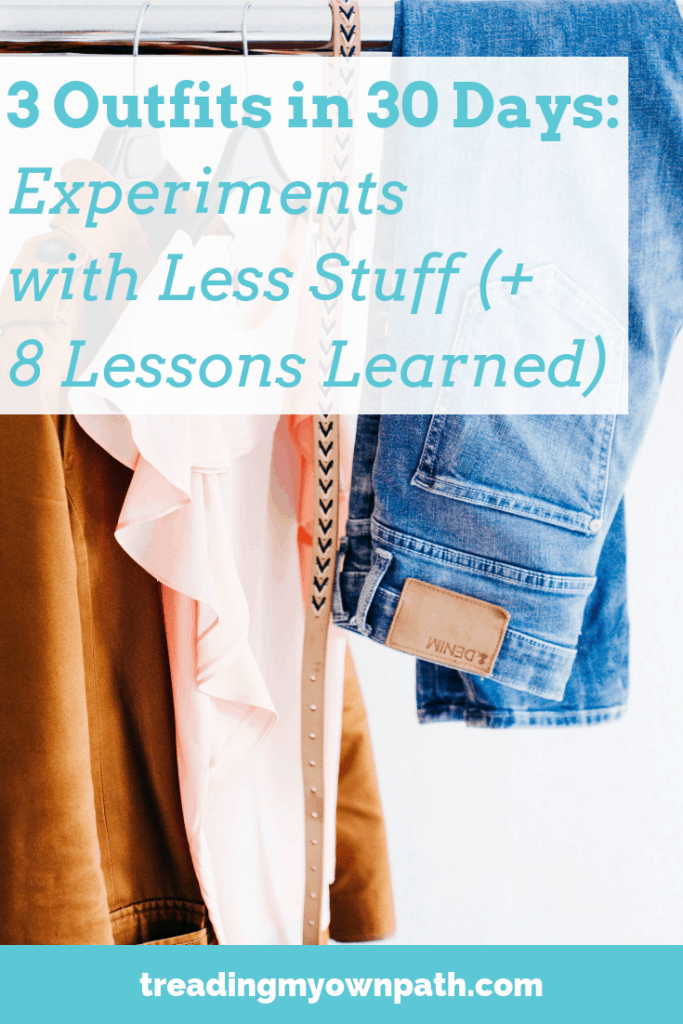
3 Outfits in 30 Days: Did It Actually Happen?
The 3 outfits consisted of: two pairs of shoes, 1 skirt, 1 pair of trousers, 1 dress, 2 shirts (1 sleeveless, 1 short-sleeved), 1 cardigan and 1 denim overshirt.
And yes, I kept to it! The most interesting thing for me was that I didn’t wear the trousers at all.
As someone who lives in trousers, this was surprising – but the weather was a little too hot, and so I kept wearing the skirt. The dress got a bit of wear, but was mostly kept for work-related things and occasions where I needed to be smart.
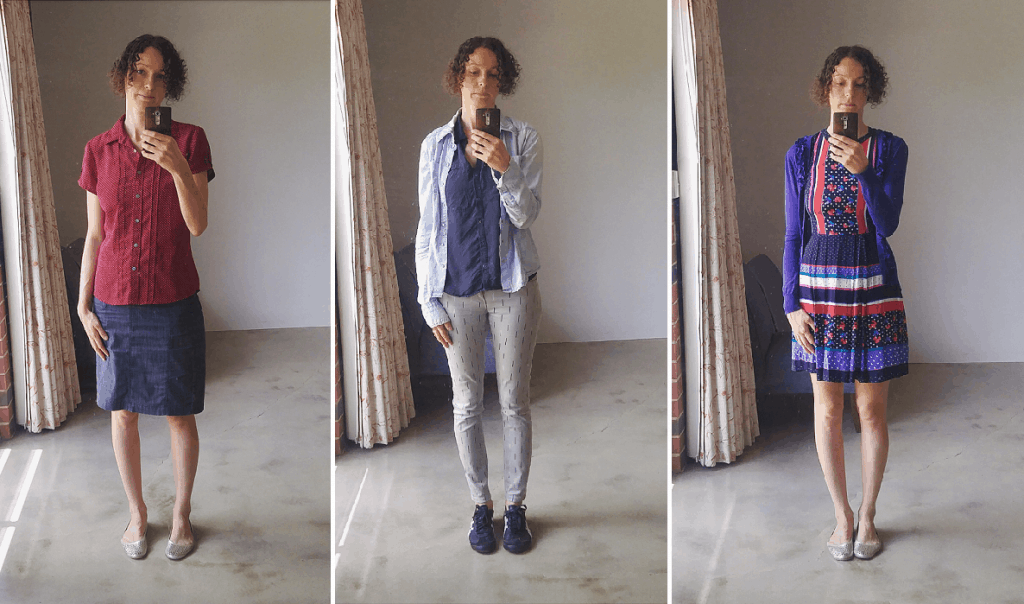
3 Outfits for 30 Days: What I Loved About the Challenge
I didn’t find wearing 3 outfits for 30 days to be a trial at all, although it isn’t something I’d want to stick to forever. In particular, this is what I loved about it:
1. Making wardrobe choices was easy.
There was absolutely no thinking about what to wear, and I loved this. Wake up, check the weather, dress accordingly (cardigan vs no cardigan). It definitely made the mornings easier.
2. I love wearing the same thing every day.
The challenge really confirmed this for me. I like to wear the same thing over and over. I’m just not someone who takes great (or any) joy in picking out outfits, and accessorizing accordingly.
I get more joy picking up the thing I wore yesterday and discovering it doesn’t need to be washed and I can wear it again today, zero effort required!
I wondered if I would get bored wearing the same thing day in, day out. I did not get bored at all. I relished it! At the end of the challenge I continued to wear the same skirt and shirt for another week at least.
I just don’t need so much variety.
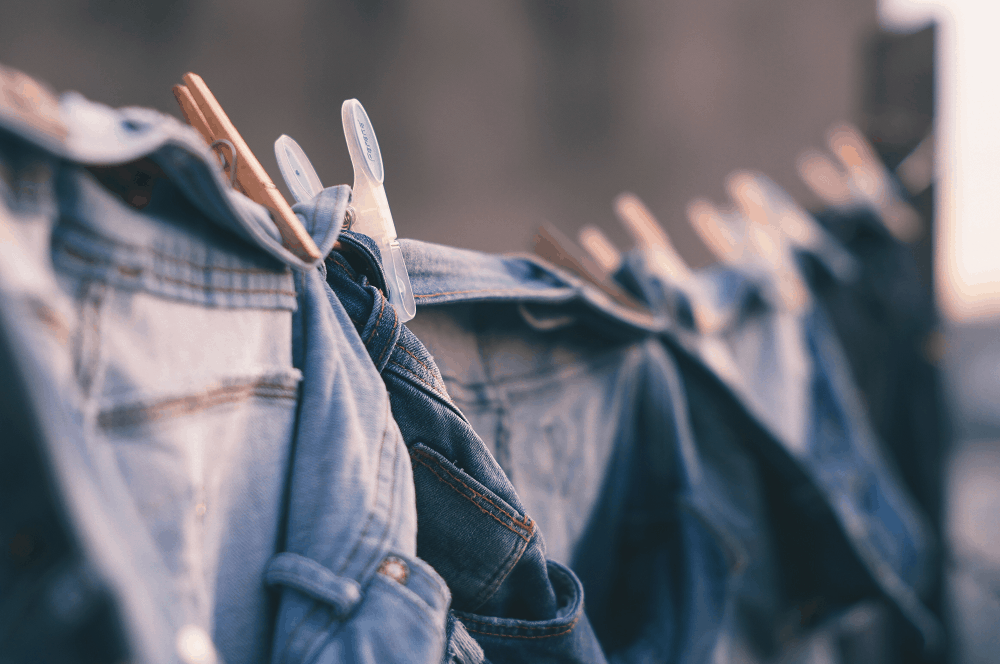
3. Getting 30 wears
I hate waste (you might have noticed) and clothing takes a lot of resources to make. Take cotton – there’s preparing the land to plant the fibres; growing, watering (so much watering!) and harvesting the crops; spinning and processing the cotton into yarn; weaving and dying the fabric; cutting and stitching together the garment, and transporting the finished product to the store.
I’m sure there’s a heap of steps I missed, too.
The point is, it takes a lot to make one garment. If we want to maximise these resources, respect the growers and workers who grew the fibres and manufactured these garments, and not let good things go to waste, we need to wear the things we own, and often.
Lucy Siegle coined the idea of “30 wears” meaning that all items of clothing we own should be worn at least 30 times. (If it isn’t fit for purpose, or we don’t think we will get that much use out of it, then we probably shouldn’t buy it in the first place.)
There’s nothing like sticking to 3 outfits for 30 days to ensure you get 30 wears out of things!
Okay, so even with the skirt I didn’t actually get 30 wears in 30 days (probably more like 27!) but it felt good knowing that I was using what I had to the full potential.
3 Outfits for 30 Days: What I Didn’t Love About the Challenge
As much as I loved the challenge itself, there were a few things that I didn’t love, which mostly centred around the practical.
4. It was a little too limiting.
I’ve already said that I love wearing the same thing again and again, and I do – but sometimes the choice was a little bit restrictive.
On the really hot days it would have been great to wear shorts, but they weren’t on the list. Having a more sensible pair of trousers might have been… well, sensible.
I managed and it was fine. But a bit more choice – even just a couple of items – would make things easier when having to dress for particular occasions.
5. When you have only 3 outfits, laundry becomes challenging.
With such a small number of outfits, laundry was a challenge.
I could dry clothes outside in a matter of hours. My biggest problem came because I needed something to wear whilst actually washing the laundry.
It wasn’t a problem with the skirt, but it was a problem with the tops.
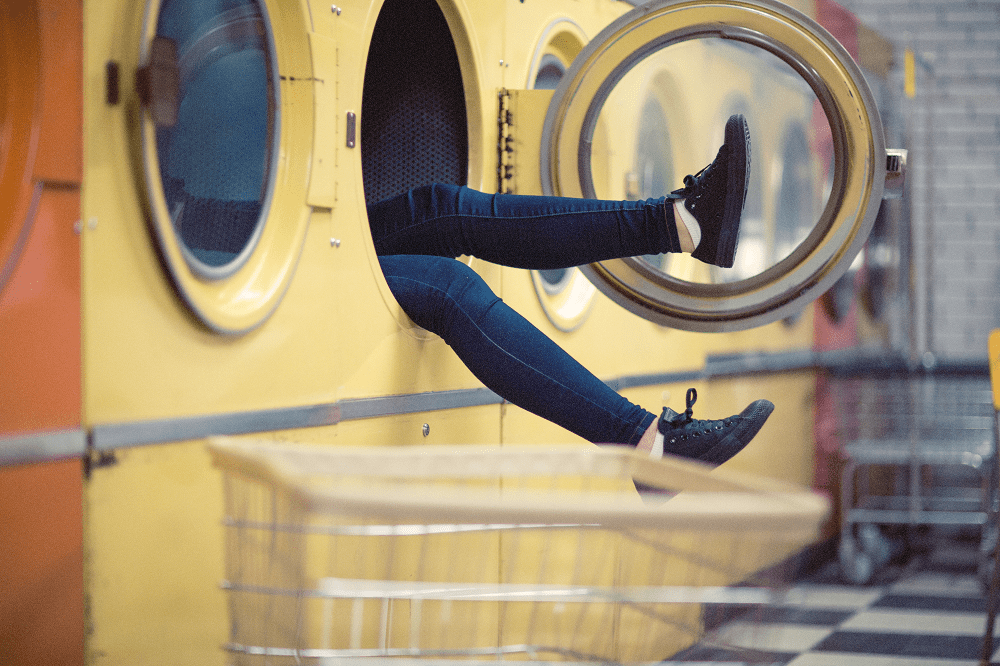
On a couple of occasions I resorted to wrapping a scarf around me as a makeshift top whilst I did my laundry, because I didn’t want to cheat. I also wore the cardigan as a top (which I hadn’t thought of before, but worked very well).
But it would have been easier to have included a tee-shirt or another top.
Another other challenge came with running the washing machine. My entire wardrobe took up less than half of the washing machine (although there was still clothes for exercising, underwear and socks).
In order to not waste power and water by running it half-empty, I washed my clothes with bedding and towels.
A couple more outfits might have relieved the constant need to be doing the washing (and believe me, I wear things for as long as I can before laundering).
3 Outfits for 30 Days: Lessons That I Learned
I don’t really think I had any big A-HA moments; it was more reconfirming things I already knew or suspected to be true.
6. The more things that I can pair with other things, the better.
What I really liked about the items of clothing that I chose was that pretty much everything could be worn with everything else*.
(*Well, in my opinion they could. I have no idea about fashion and no sense of style, so you may disagree, but in my mind it all works!)
When I realised that both the cardigan and over-shirt could be worn as tops in their own right, I was thrilled! Options galore :)
One of the ideas behind a capsule wardrobe is staples that mix-and-match. Whilst I’ve always known this, realising how much difference it makes when everything goes with everything else has made me determined to ensure that future purchases don’t just go with one or two things… they go with (almost) everything.
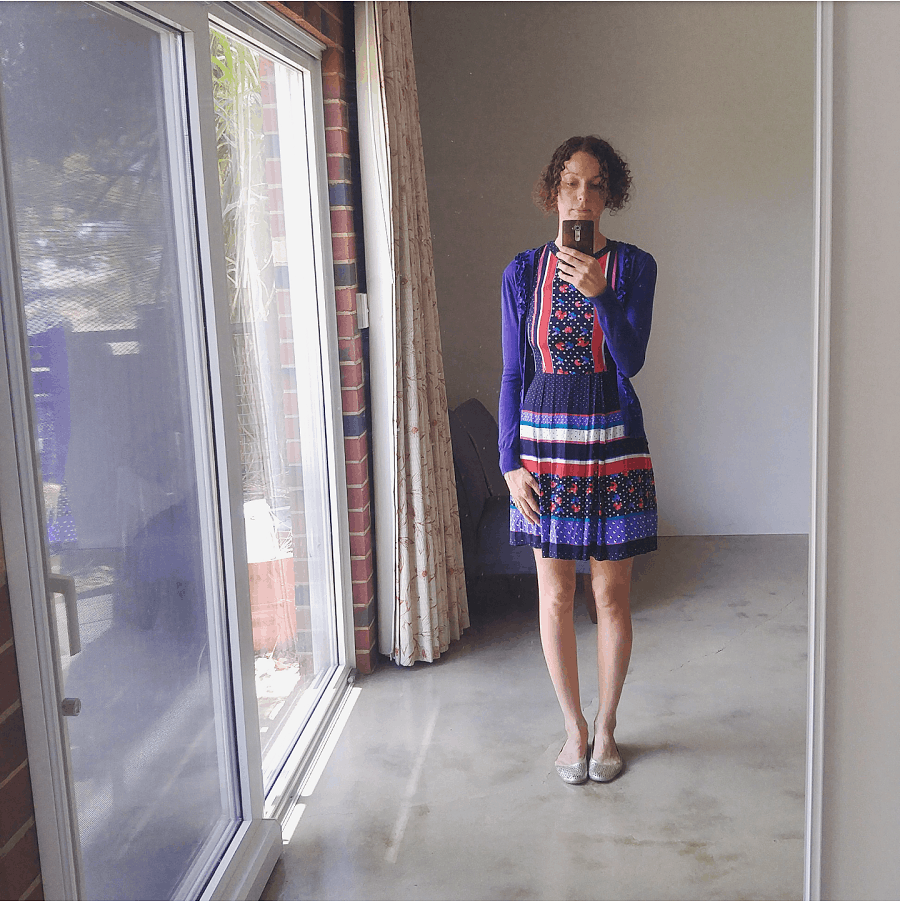
Oh and whilst we’re talking about capsule wardrobes, you’ll notice that my wardrobe is not full of pastels or black or muted tones. I like colour, and I think it’s still possible to choose staples that are fun.
3. Quality, quality, quality (and natural fibres).
It was interesting to see the process of an item having 30 wears in such a short amount of time. I don’t launder my clothes after every wear, but with the small amount of items I wore it was noticeable how often they were going through the washing machine.
If I wore a shirt 3 times and then washed it, that’s still 10 washing machine cycles for 30 wears.
It made me realise how often in the past (long before this journey started) that I’d buy clothes based on {cough cough} aesthetics or price alone. Practicality was out the window.
Without realising, of course, that dresses made entirely of sequins are impossible to wash once, let alone 10 times; and tops that cost $2 from a fast fashion store aren’t designed to go through the washing machine and come out the same shape and not pilled and bobbled.
I learned my lessons with both of these things a long time ago.
But a reminder never hurts.
And I think it’s useful to not only ask the question “can I imagine myself wearing this item 30 times” but also the question “will this garment withstand at least 10 washing machine cycles, and probably more?”
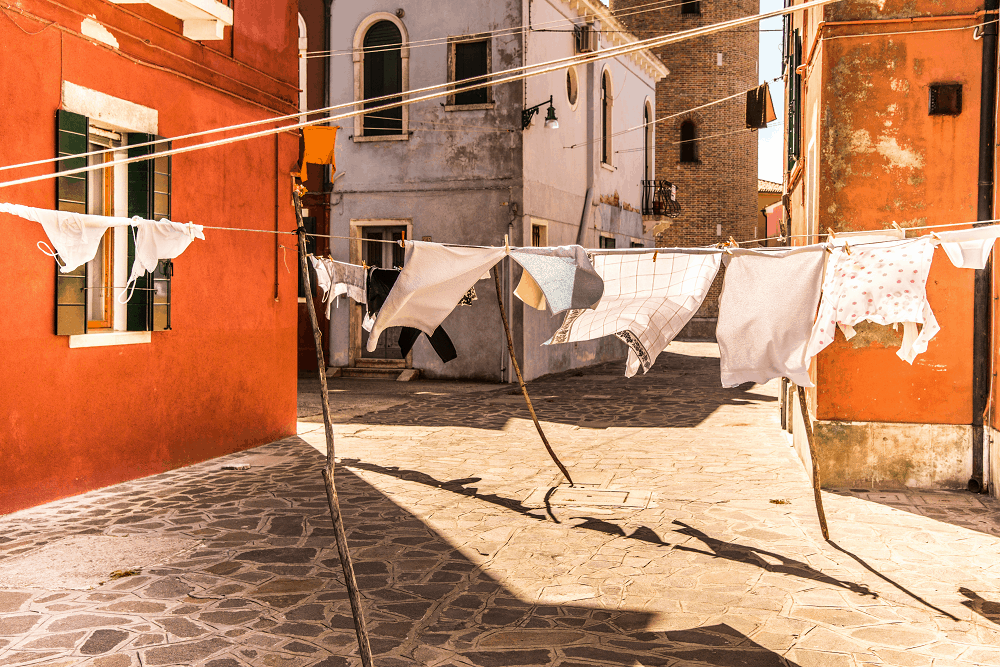
Also, when it comes to having less, natural fibres makes a big difference. The red shirt I wore is polyester (purchased from the charity shop). Honestly, I feel like I’m wearing a plastic bag when I wear it, it breathes NOT AT ALL, and it needs washing after every wear.
By contrast, the blue shirt is made of Tencel, breathes beautifully, and can get away with a few wears before washing.
When your wardrobe is minimal, this matters. Yet more reasons to choose natural fibres over polyester.
8. Less is better.
And finally. For me, yes, less is better. When I (finally) reduced my wardrobe down to 40 things back in 2017 I still suspected I could still live with less.
I was right. More importantly, not only can I live with less, but I prefer it this way.
I don’t believe in prescribing numbers of things to own, and I definitely don’t think 3 outfits is a long-term solution for me, but challenging myself to live with less has definitely helped me realise the things I like to wear, the amount of choice I like to have, and the kinds of garments I’ll chose in the future.
And now I’d love to challenge you! You don’t have to pick 3 outfits, you could pick 5, or even 10. Choose a number that you know will test you without driving you crazy, and challenge yourself to wear only those things for 30 days.
You might love it. You might absolutely hate it. Whatever happens, you’ll learn a lot about yourself and your habits in the process. Are you in?
Next, I want to hear from you! Are you game to give this a go? How many outfits is your comfort zone? And how many would be a real challenge for you? Have you ever done a challenge like this before – and how did it go? Do you love the idea or hate the idea? Tell me your thoughts in the comments below!

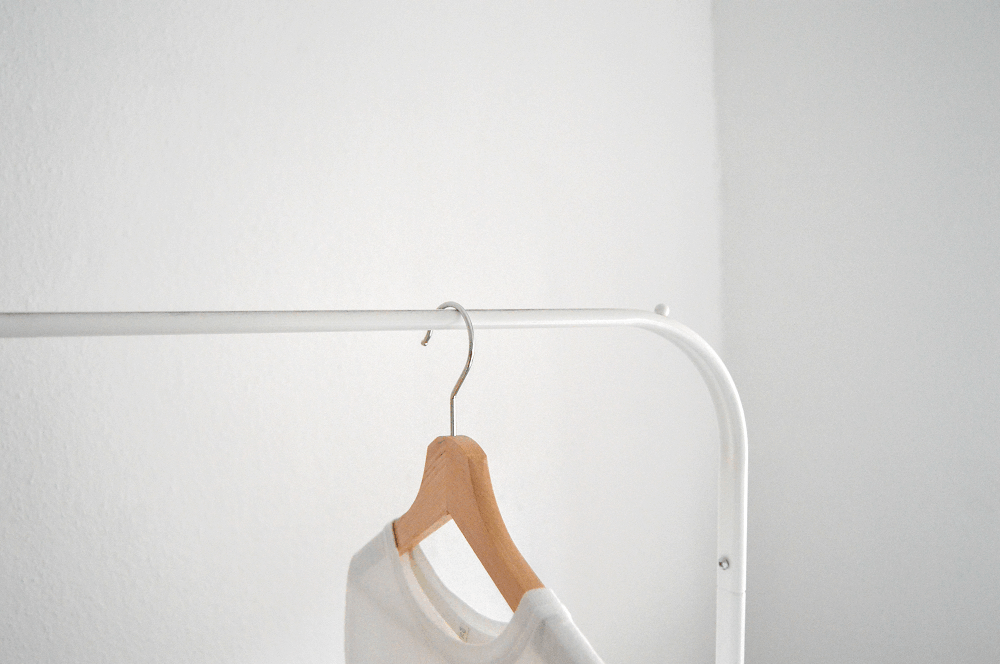

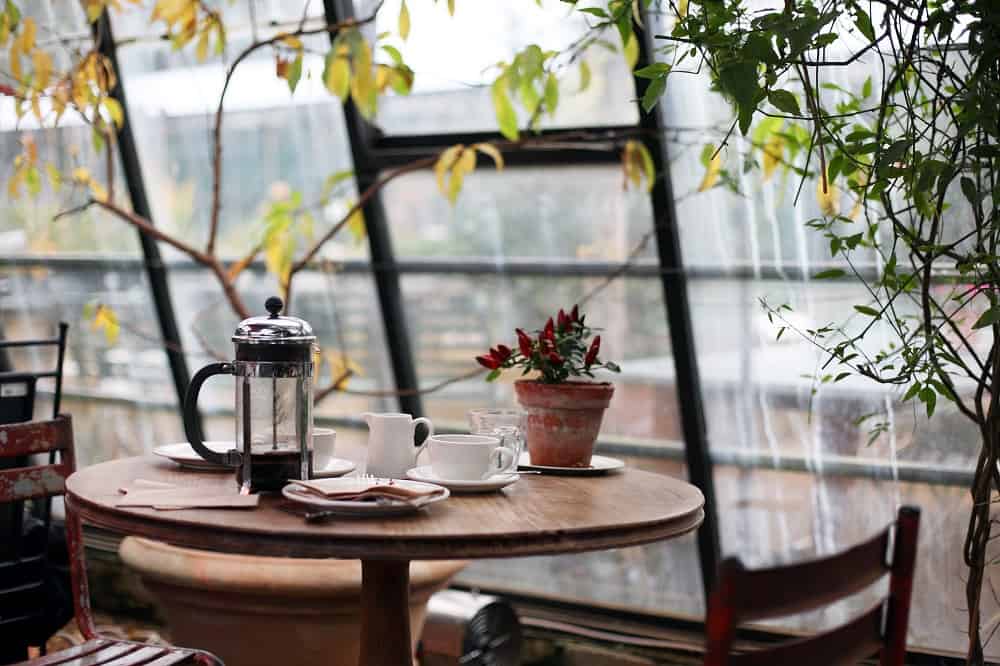
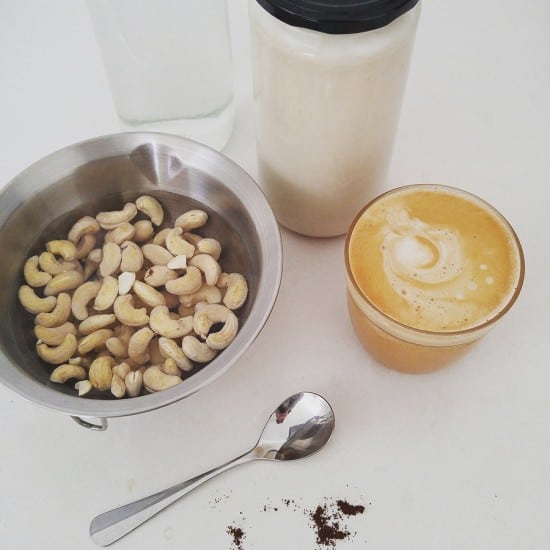
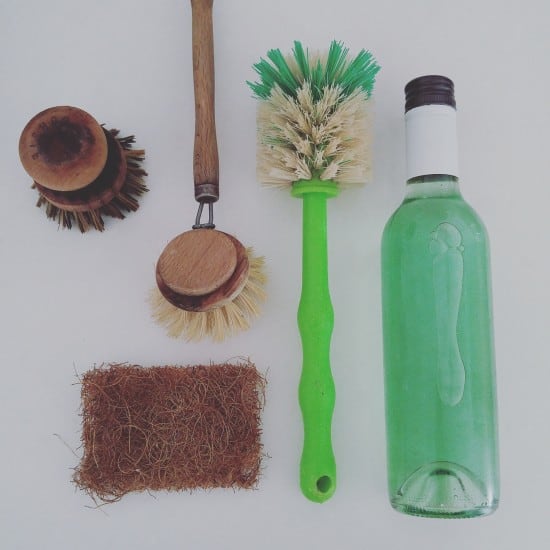
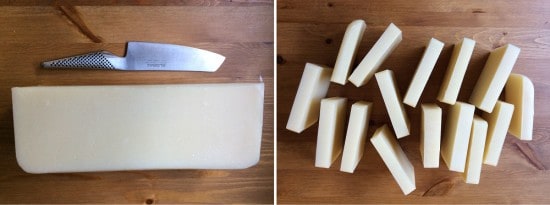
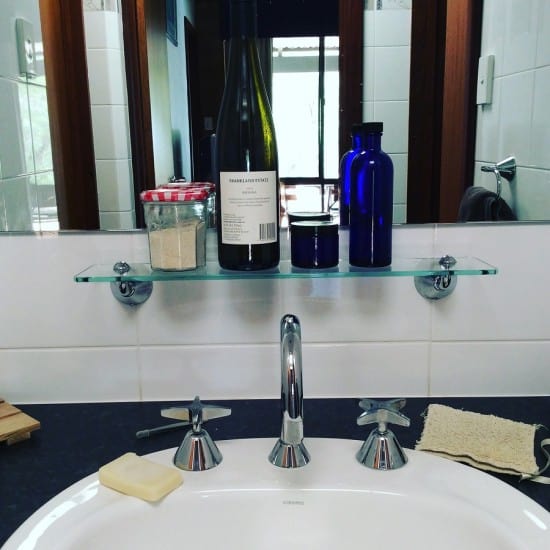
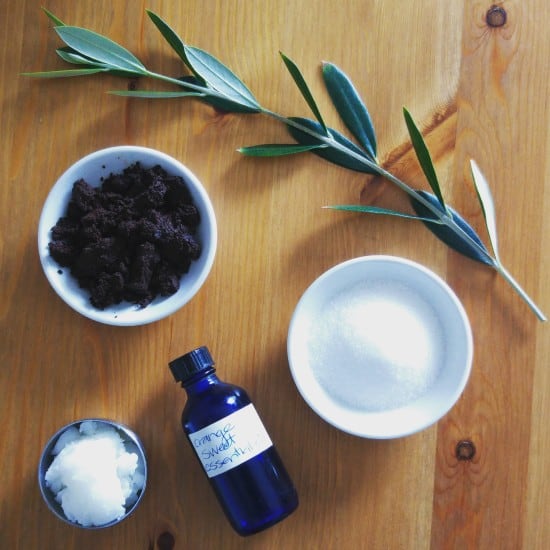
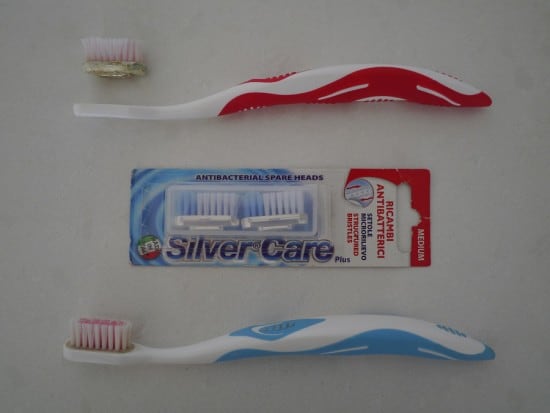

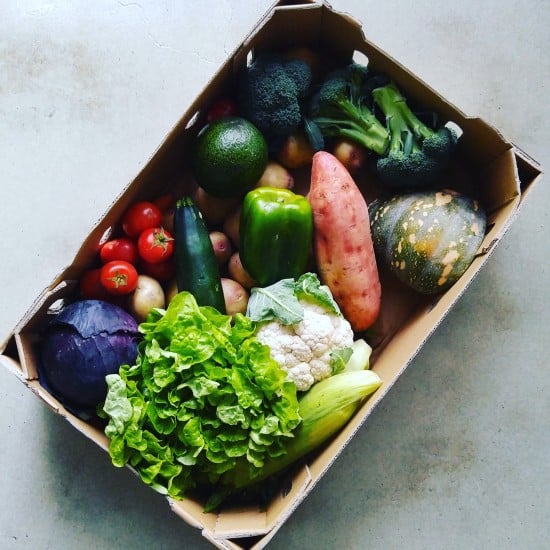
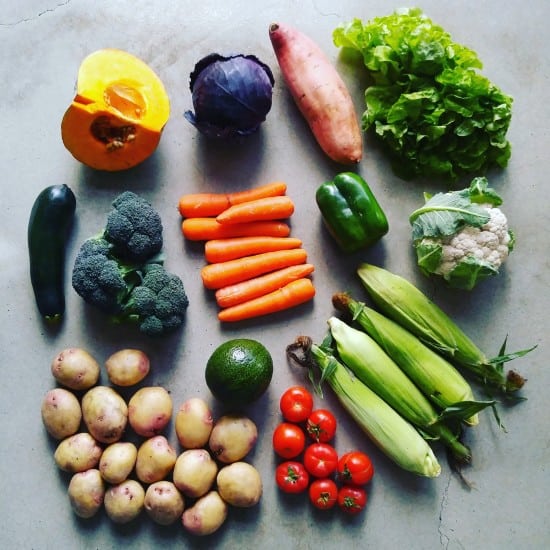
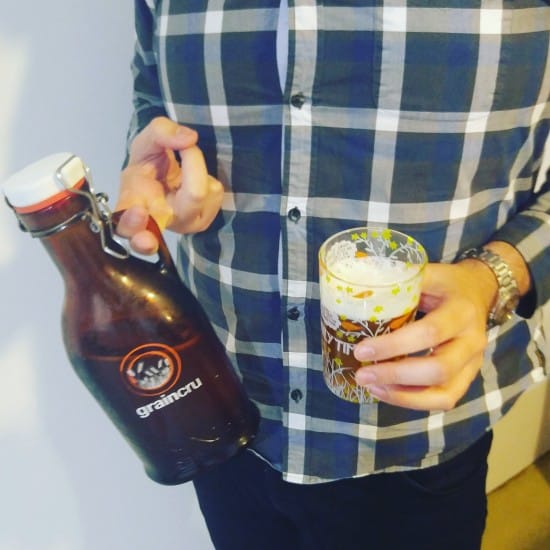
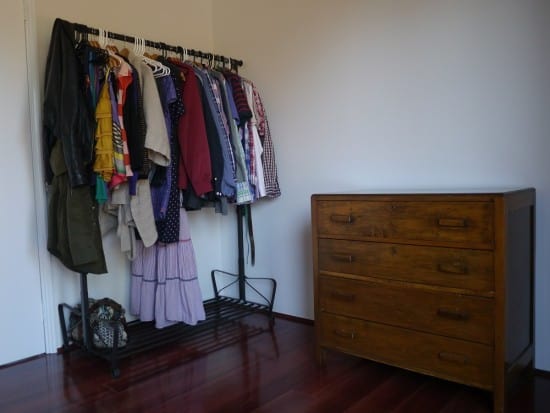
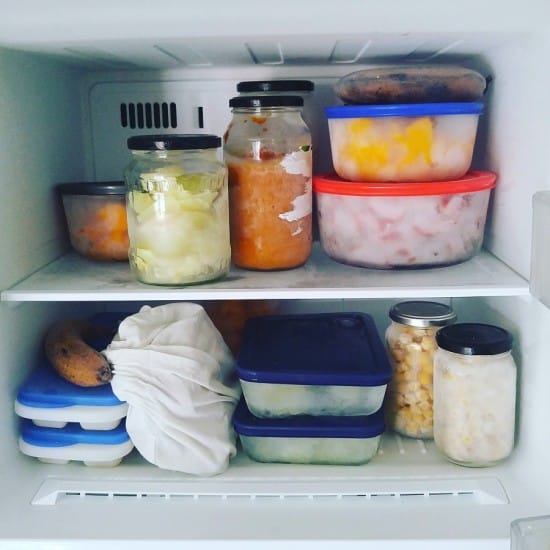

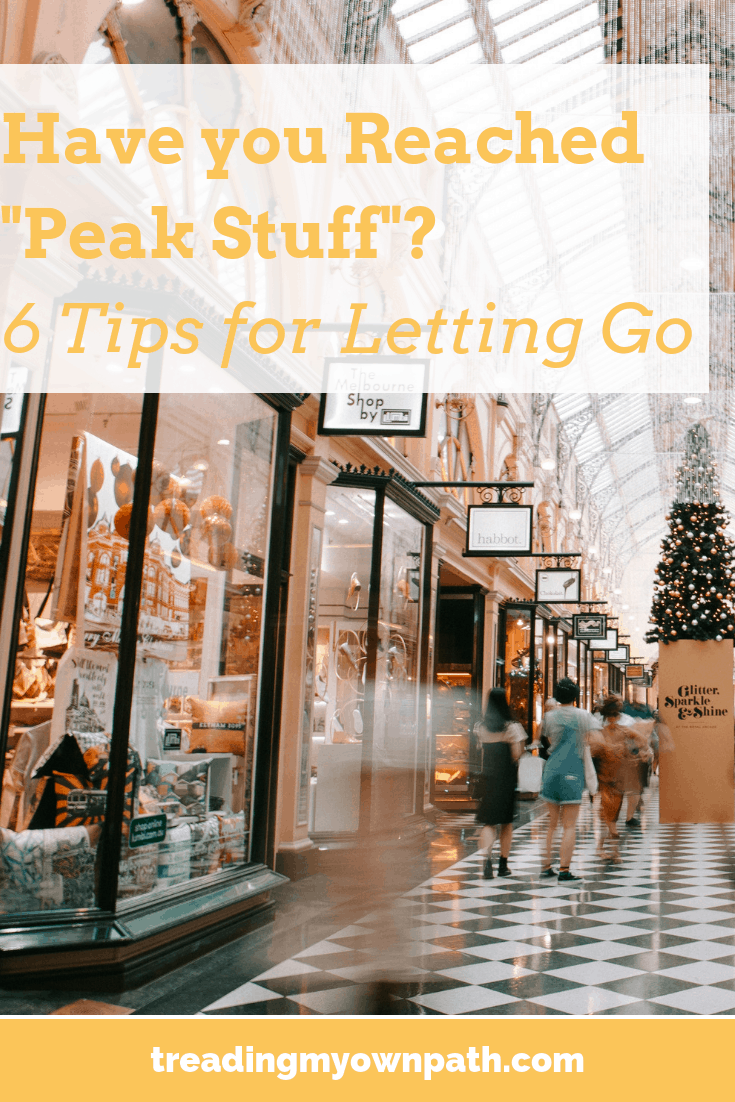
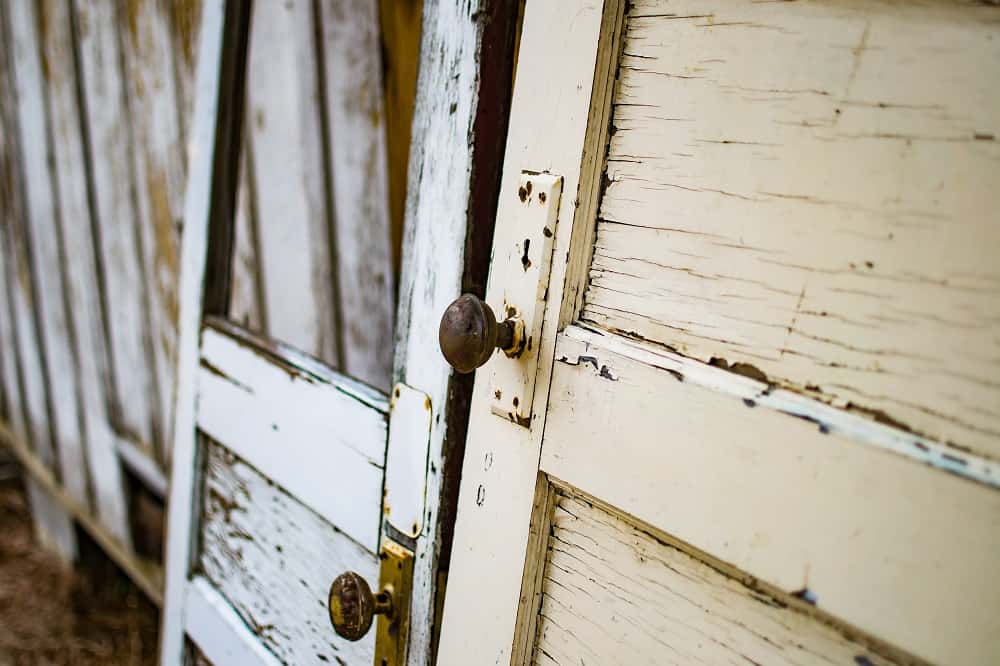
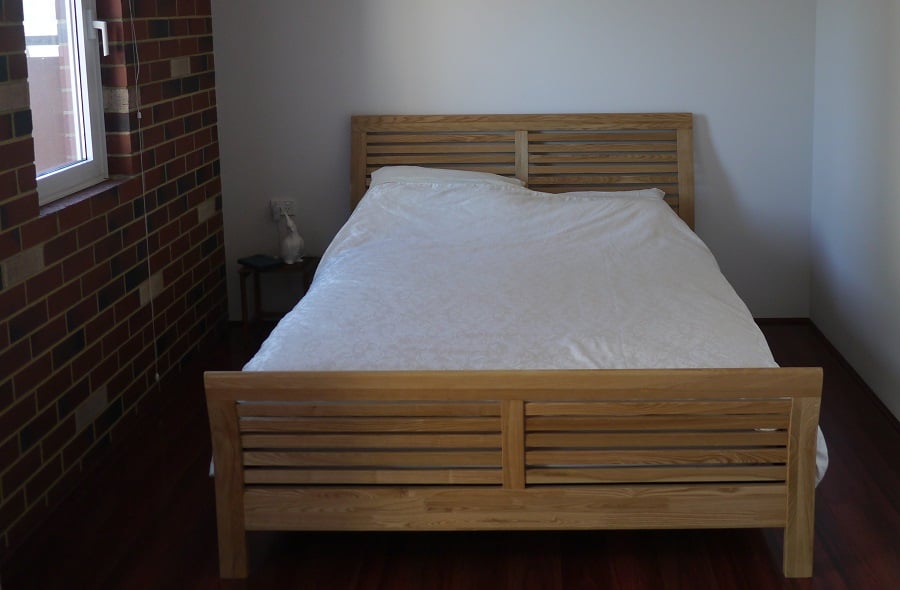
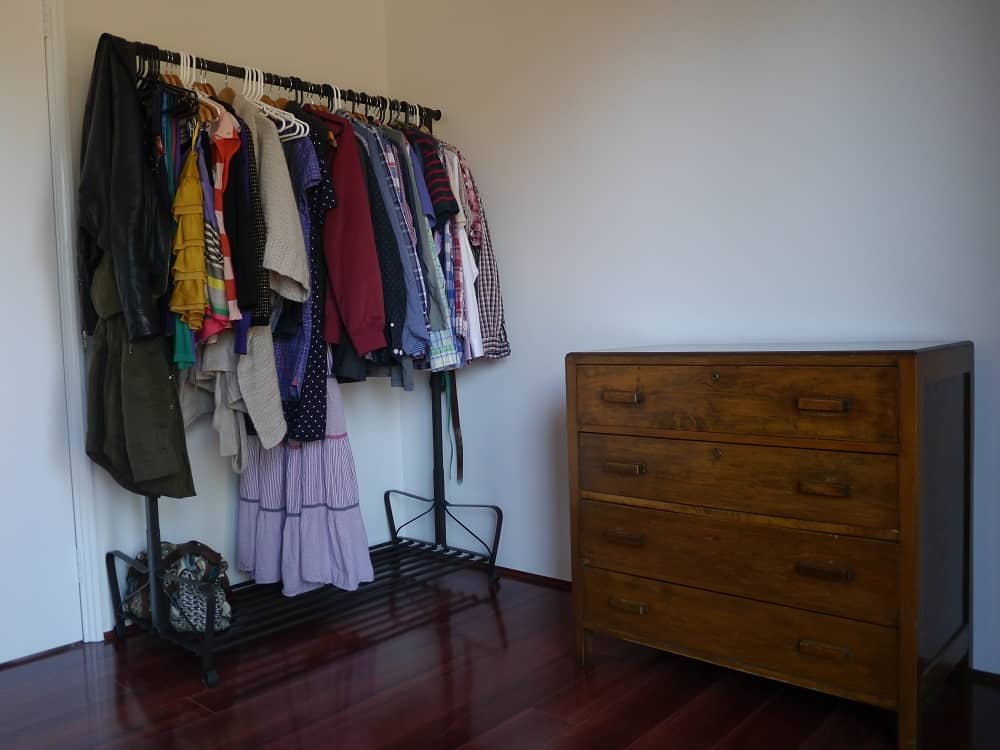

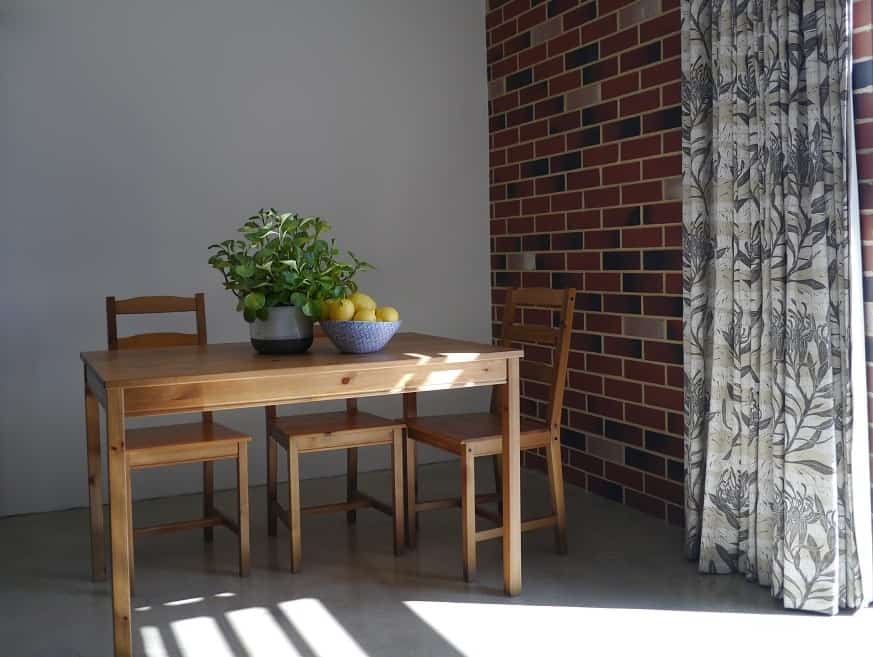
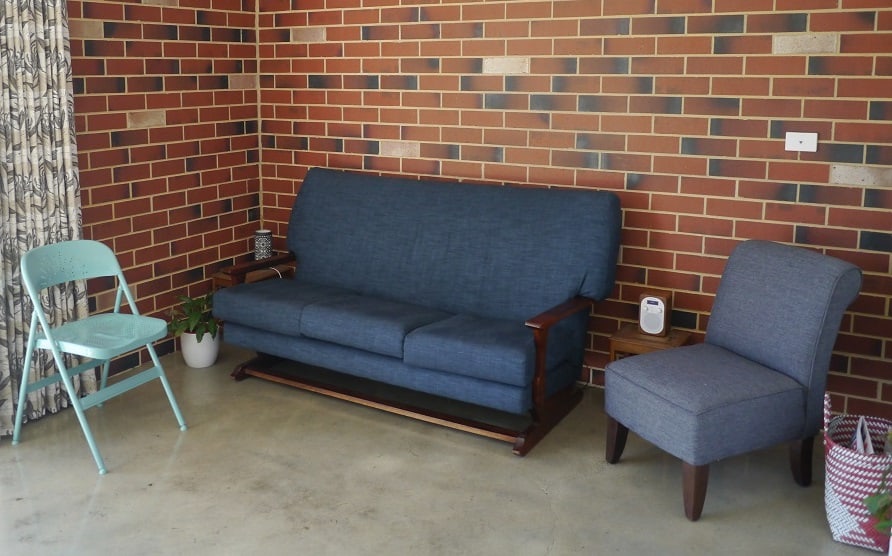
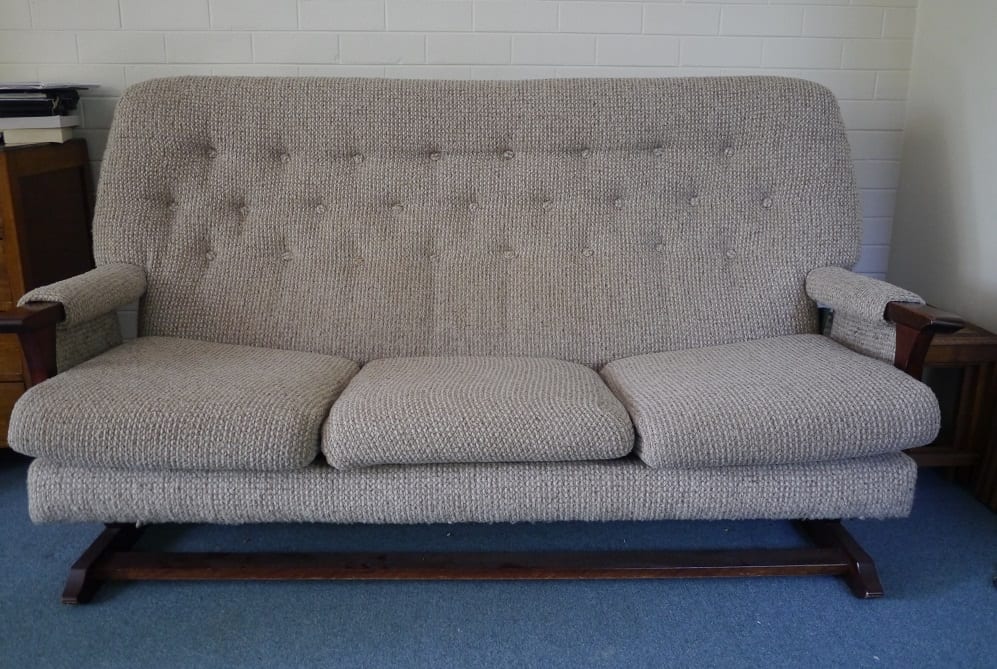


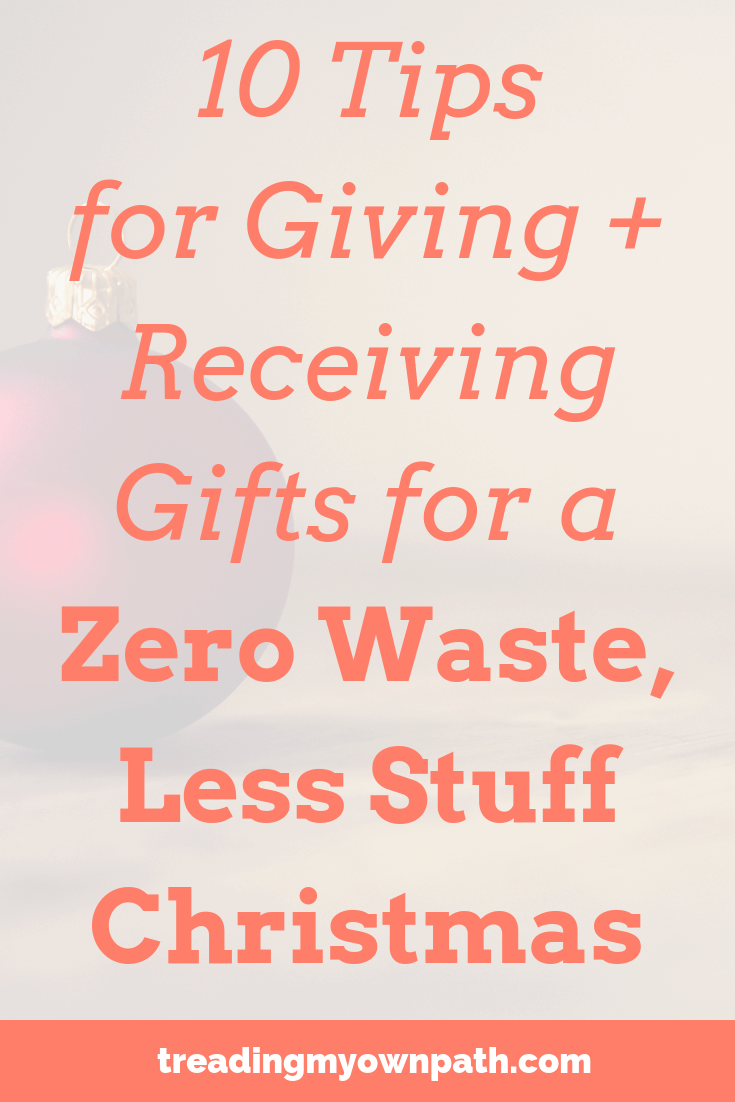
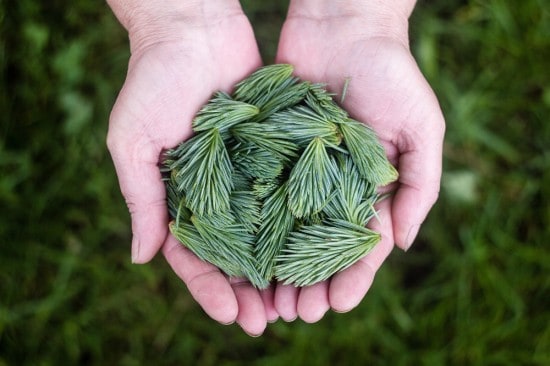
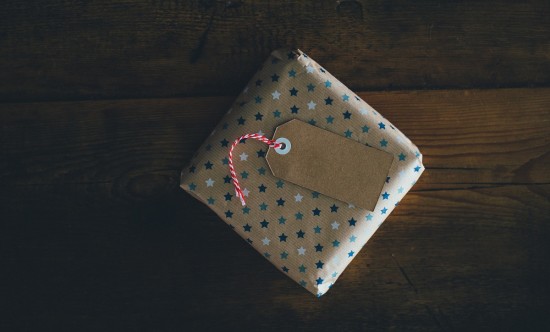

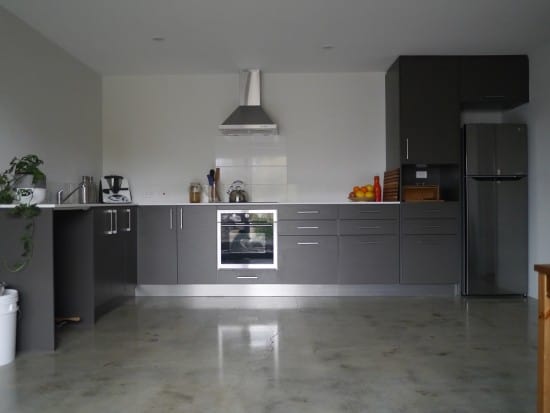
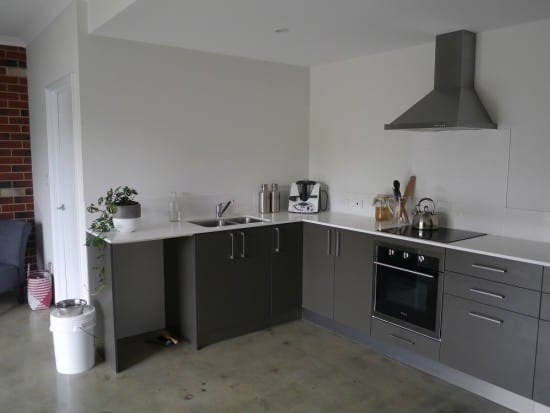
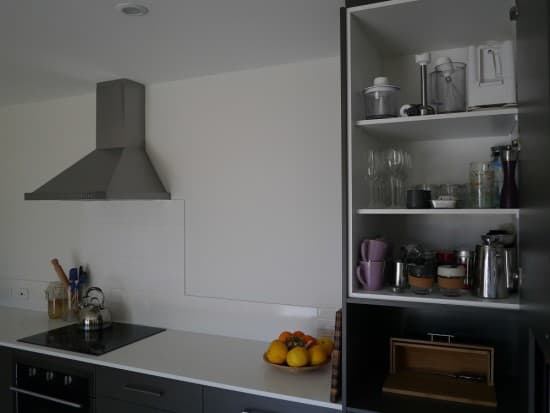
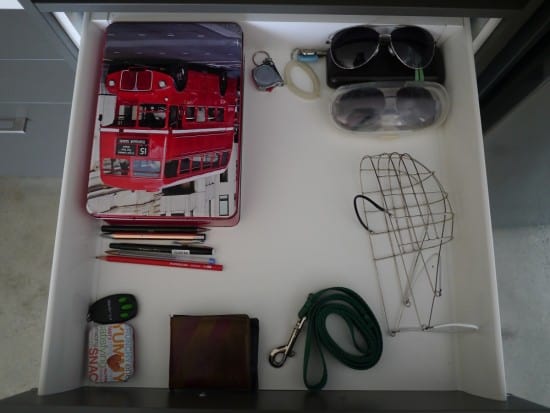 Drawer 1: I guess the top drawer in our kitchen would be classed as our junk drawer. We keep Hans’ (our adopted greyhound) lead and muzzle in here, sunglasses, garage clicker, pens and seeds. As we had so many drawers that weren’t that useful for much else it made sense to keep this stuff here.
Drawer 1: I guess the top drawer in our kitchen would be classed as our junk drawer. We keep Hans’ (our adopted greyhound) lead and muzzle in here, sunglasses, garage clicker, pens and seeds. As we had so many drawers that weren’t that useful for much else it made sense to keep this stuff here.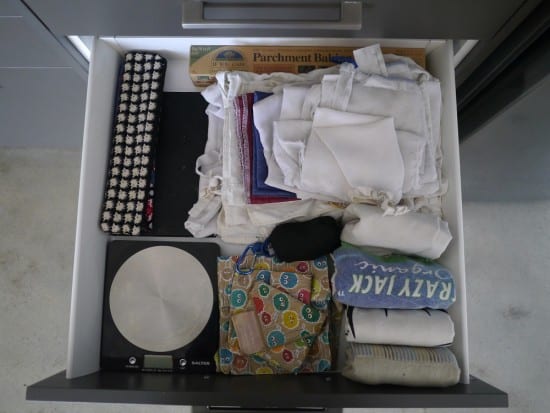
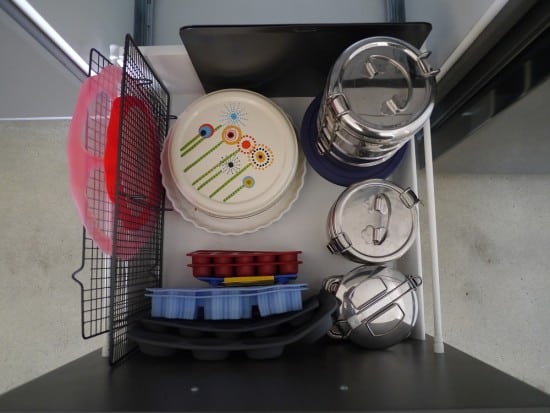
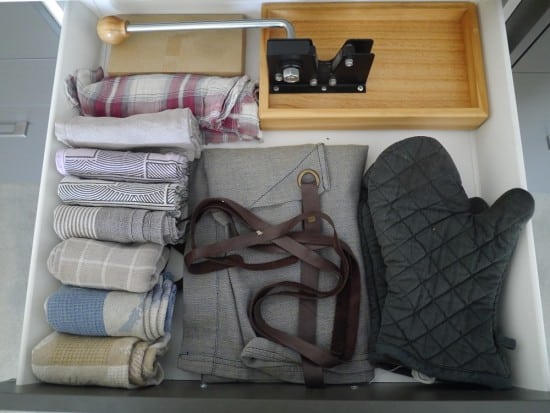
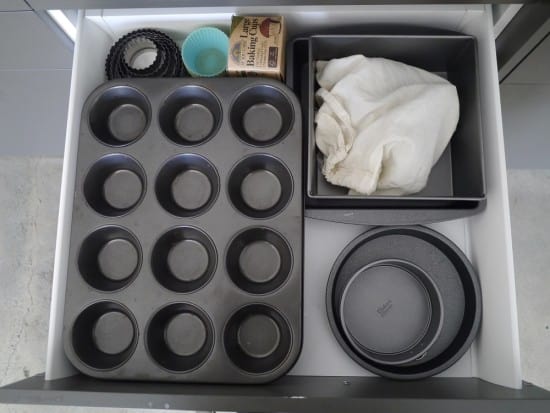
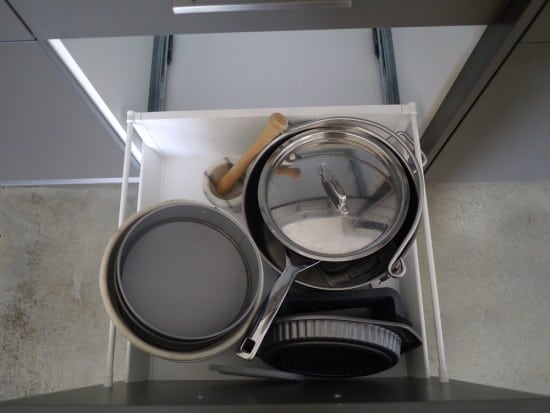
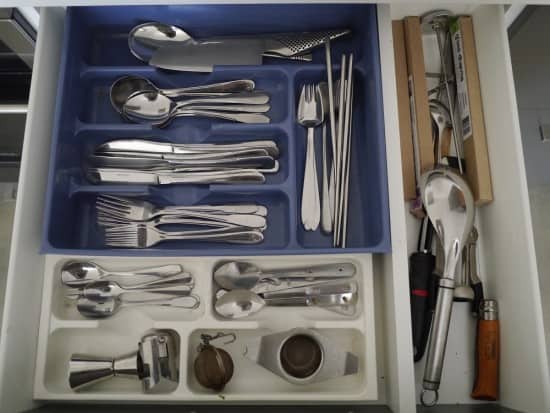 Drawer 7: Much as I hate plastic, I dislike a jumbled cutlery drawer more. And there seemed no point discarding what we already had to buy something new and plastic-free.
Drawer 7: Much as I hate plastic, I dislike a jumbled cutlery drawer more. And there seemed no point discarding what we already had to buy something new and plastic-free.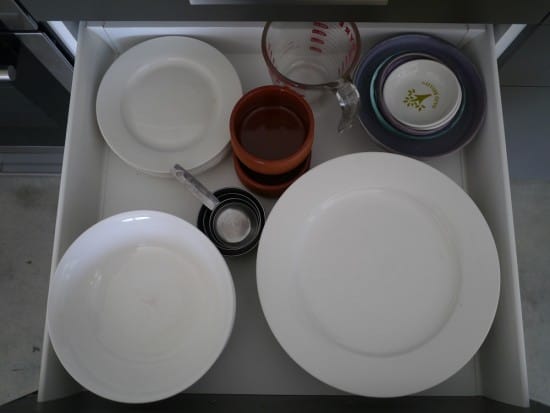 Drawer 8: our crockery. We have 6 dinner and side plates, and 5 bowls as one broke (which is fortunate as the drawers are too shallow to hold six bowls). There’s my set of measuring cups, a Pyrex measuring jug and assorted bowls and dishes that get used for various things. The two brown ones were the containers for some fancy dips purchased at the supermarket!
Drawer 8: our crockery. We have 6 dinner and side plates, and 5 bowls as one broke (which is fortunate as the drawers are too shallow to hold six bowls). There’s my set of measuring cups, a Pyrex measuring jug and assorted bowls and dishes that get used for various things. The two brown ones were the containers for some fancy dips purchased at the supermarket!